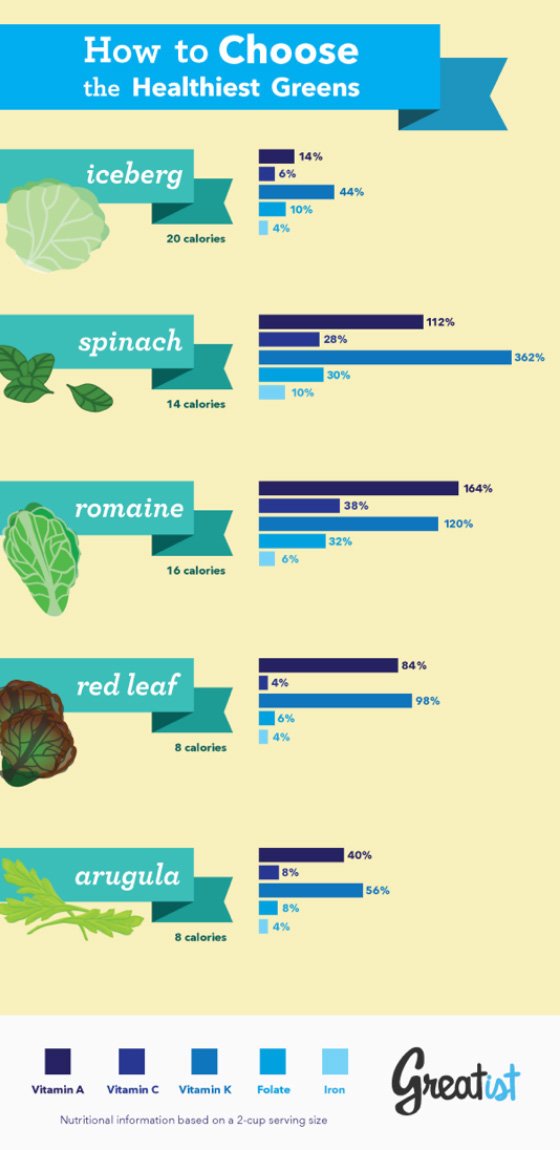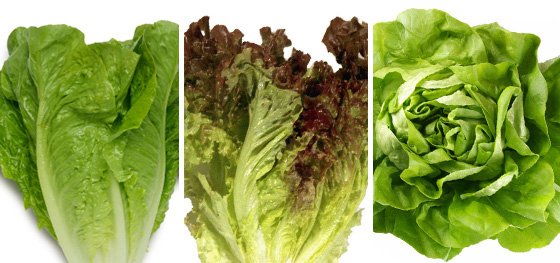Many of us do not know the importance of eggs and how they can help us grow. Here are quick tips on the importance of eggs.
Eggs Boost Brain Power Being rich in omega-3 fatty acids, vitamins B12 and D, and choline, eggs are excellent for brain health. Choline is an essential nutrient that plays an important role in several metabolic pathways and acts as a neurotransmitter. It improves your memory and cognitive power. Vitamin B12 is essential for the proper functioning of the brain. Research has shown that a lack of this nutrient may lead to brain shrinkage, which is a predecessor to Alzheimer’s disease and dementia. Omega-3 fatty acids, too, help increase brain volume. Vitamin D, which is found in very few foods, also improves brain function because it works as a modulator in brain development. 2. Aids in Maintaining Healthy Weight Having eggs for breakfast has been a common practice since time immemorial. This tradition can help maintain body weight because in addition to providing energy, eggs make you feel fuller. The protein in eggs provides sustained energy as it does not simply cause a surge in your blood sugar levels that leads to a “crash” later. 3. Protects Eye Health Eggs are a good source of lutein and zeaxanthin. Research has shown that these carotenoids are highly beneficial in preventing macular degeneration and reducing the risk of developing cataracts. The antioxidant effects of these compounds help strengthen your retinas and protect your eyes from free radical damage and the sun’s ultraviolet radiation. Lutein is also found in green leafy vegetables, but scientists believe that the body absorbs it better from eggs. 4. Facilitates Muscle Building Eggs are considered an excellent food for muscle building because they are high in protein, which is regarded as the building block of muscles. Egg whites have a protein called albumin that encourages more protein absorption in your body and facilitates muscle growth.
Boiled eggs Vs Fried eggs
If you love eggs, you don't necessarily have to give them up to follow a healthy diet. A study published in the "British Journal of Nutrition" in November 2006 found that healthy people can eat eggs up to almost daily without increasing their heart disease risk. However, boiled eggs are a better option than fried eggs because they are a bit lower in fat, including the saturated fat that may potentially increase your cholesterol levels
Read more: http://www.livestrong.com/article/544479-nutrition-of-boiled-eggs-vs-fried-eggs/#ixzz2mLNot9iI
Here is a quick information on what you get from boiled eggs;
Macronutrients
Each large hard-boiled egg provides 78 calories, 6.3 grams of protein, 0.6 gram of carbohydrates and 5.3 grams of fat, including 1.6 grams of saturated fat. Fry that egg and you'll increase the calories to 90 and the fat to 6.8 grams, including 2 grams of saturated fat, or 10 percent of the daily value for both fat and saturated fat.
Vitamins
Eat a large boiled egg and you'll be getting 15 percent of the DV for riboflavin, 10 percent of the DV for vitamin B-12 and 11 percent of the DV for vitamin D. Fried eggs have a similar vitamin content, although the amounts are slightly less. Riboflavin helps produce red blood cells and turn carbohydrates into energy. You need vitamin B-12 for nervous system and brain function and vitamin D plays a role in immune function and calcium absorption.
Minerals
Fried eggs have a slightly higher mineral content than hard-boiled eggs. However, the only mineral they contain in significant amounts is phosphorus, with each large fried egg providing 10 percent of the DV. Hard-boiled eggs provide about 9 percent of the DV for this mineral. Phosphorus is essential for strong bones, producing DNA and kidney function.
Read more: http://www.livestrong.com/article/544479-nutrition-of-boiled-eggs-vs-fried-eggs/#ixzz2mLOb81ON





